This article previously appeared on Crossfader
Director: Andy Muschietti
Genre: Horror
Year: 2017
First things first: most of what you’ve heard by now is true. IT is an endearing and somewhat light-hearted (but not overly sentimental) coming-of-age story that also happens to be surprisingly funny, and, more surprisingly, not all that scary. Anyone going into this thinking or hoping to see a clown running amok killing children is sure to be disappointed. IT is also quite long (which seems to be par for the course considering the length of high-budget horror peer THE CONJURING). The filmmakers devote a good amount of time to each of the film’s many characters, causing it to feel a bit like an overstuffed series of vignettes. So, with that, know that your mileage may vary.
If I haven’t already lost you, yes, the kids are every bit as fantastic as everyone is saying! Each and every one of them shows remarkable depth in spite of their age and the fact that most of them are starring in their first major roles. Finn Wolfhard returns from an almost-worryingly similar role in STRANGER THINGS showing considerable growth as an actor and a real knack for comedic timing. Much of IT’s humor is owed directly to his ribbing of the other Losers, immature and crude though it may be. But of all the kids (and I swear this is the last bit of box-checking I’m going to do), it is Sophia Lillis who shines brightest. She exudes a real, true ease and charm as Beverly, the only female member of The Losers’ Club, and her body language and facial expressions are flat-out perfect. The filmmakers ought to be counting their blessings, because they struck absolute gold with her. At 15 she is already a better actress than most adults—and yeah, you’d better believe she is going to be a thing.
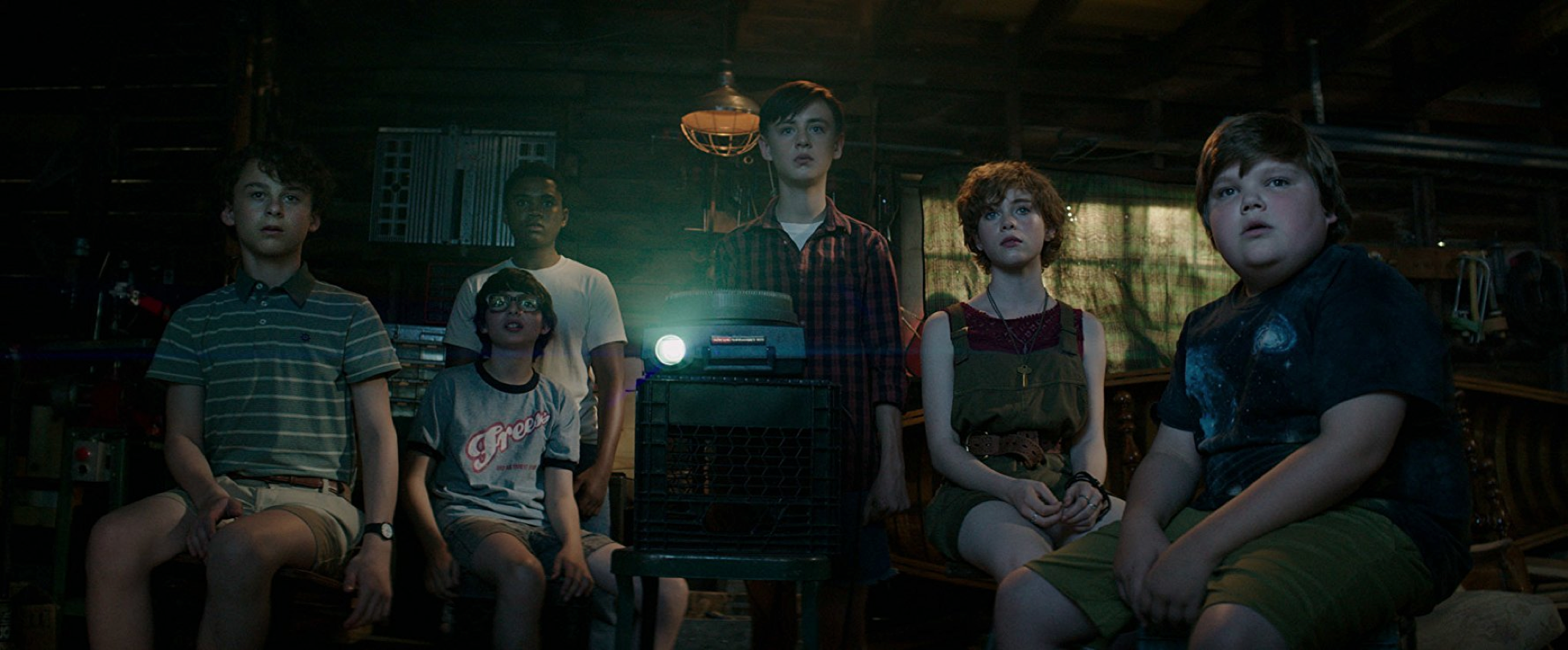
Anime Club > Drama Club > Losers’ Club
Now for what you may not have heard. Bill Skarsgård is—for my money, anyway—the finest realization of a sadistic killer clown in cinematic history. Skarsgård does with the role of Pennywise what Heath Ledger did with The Joker. (Where Tim Curry is to Mark Hamill, just to be clear.) Skarsgård‘s lanky build and his uniquely rubbery face are perfectly suited for both the comedic and the horrific, and the things he does with them are truly unnerving. Pay close attention to his eyes as he talks—I can assure you, that is not CGI. However, this brings me to my two biggest issues with the film: how little of It we see, and how much CGI there is. Skarsgård’s phenomenal character acting is seriously hampered, even cheapened, by just how much CGI gets slathered onto him. Every time he starts going into a real dark place, It spouts a lamprey mouth or some other goofy looking appendage that denies Bill a moment of brilliance in favor of dime-store spectacle.
One of the best parts of Curry’s ITeration was how much time he spent taunting the children, stooping so low as to make fun of them for being fat or having a stutter when he could have very well have just eaten them. Curry wasn’t just evil, he was also kind of a dick. Skarsgård’s Pennywise, through no fault of his own, doesn’t do much of this outside of his deeply unsettling chat with Georgie in the very beginning of the film. After that, most of his appearances have little buildup before he launches into another scare or outright attack. Sure, the film is focused on the bonding of the kids, and Pennywise exists primarily as a force for them to overcome, but I would have loved to have seen much more time devoted to how It interacts with them. When I was a kid, “stranger danger” was a serious thing. The thought of an evil being talking to children, building their trust in order to lure them to their deaths is infinitely more frightening than any jump scare.
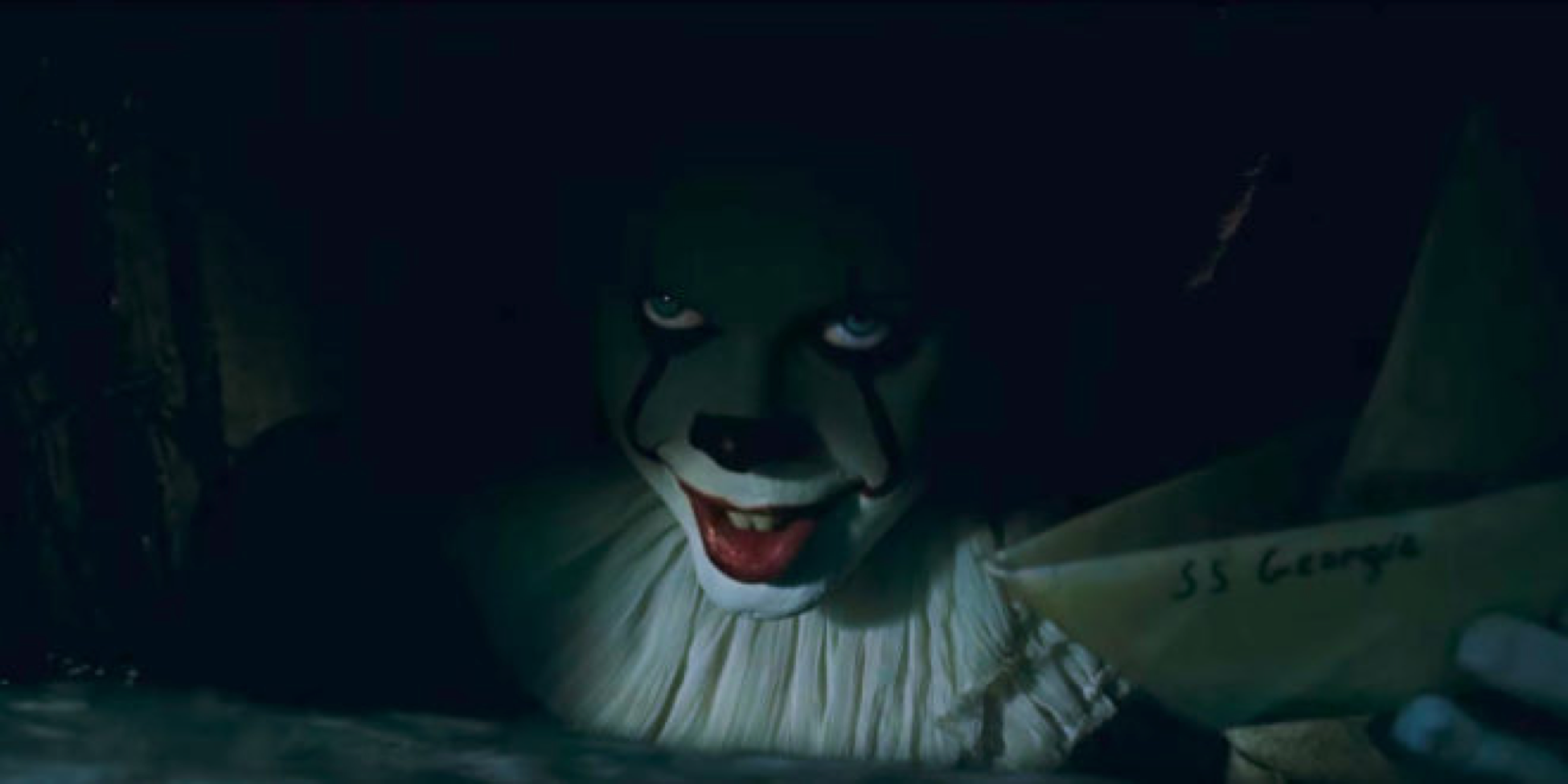
Good thing I’m dying in the sewer, because I crapped my pants!
Where films such as STAND BY ME (also Stephen King) and THE GOONIES captured the wistful joys in youth and memory with a precision that will probably never be approached again, there are few that have seized on the essence of childhood fear and trauma as IT has. Childhood is supposed to be a carefree time of fun and wonder and innocence, but that isn’t always the case. A mind fed by sugary cereal, Saturday morning cartoons, and midnight movies can go to some pretty strange places on its own, but IT portrays life’s true monsters in a dire light. As terrifying as Pennywise is, he doesn’t hold a candle to what people really deal with. Hard knocks bullying, poverty, abuse, the specter of loss, rape, and incest . . . the stains of life are revealed in a way that is gripping and alarming, but never distasteful. It is commendable, and part of what makes IT so great. Even in the idyllic world of white bread suburbia, these things do happen. So, yes, IT is long and a bit overstuffed, and an otherwise incredible Pennywise is brought low by some questionable direction, but the film’s humanity is profound.
It isn’t lost on me that everyone is going to take away something a little different from this movie. As with anything generating as much excitement and attention as IT, there are bound to be tons of people boarding the hype-train—with many of them having no knowledge of, or stake in, either the 1990 ABC miniseries IT or Stephen King’s sprawling, 1138-page titular epic, looking for nothing more than a good scare. And that’s fine! But for every action there is an equal and opposite reaction. The obvious cool kid thing to do will be to drag IT for its flaws, and to either ignore, downplay, or try to controvert its equal number of strengths. (Don’t get me wrong, I’m not free of guilt on this—I have been pretty vocal about my dislike for The MCU.) That, too, is just how things go. But somewhere in the mix are the 1990 IT devotees. And this is where a little thing called nostalgia raises its head.
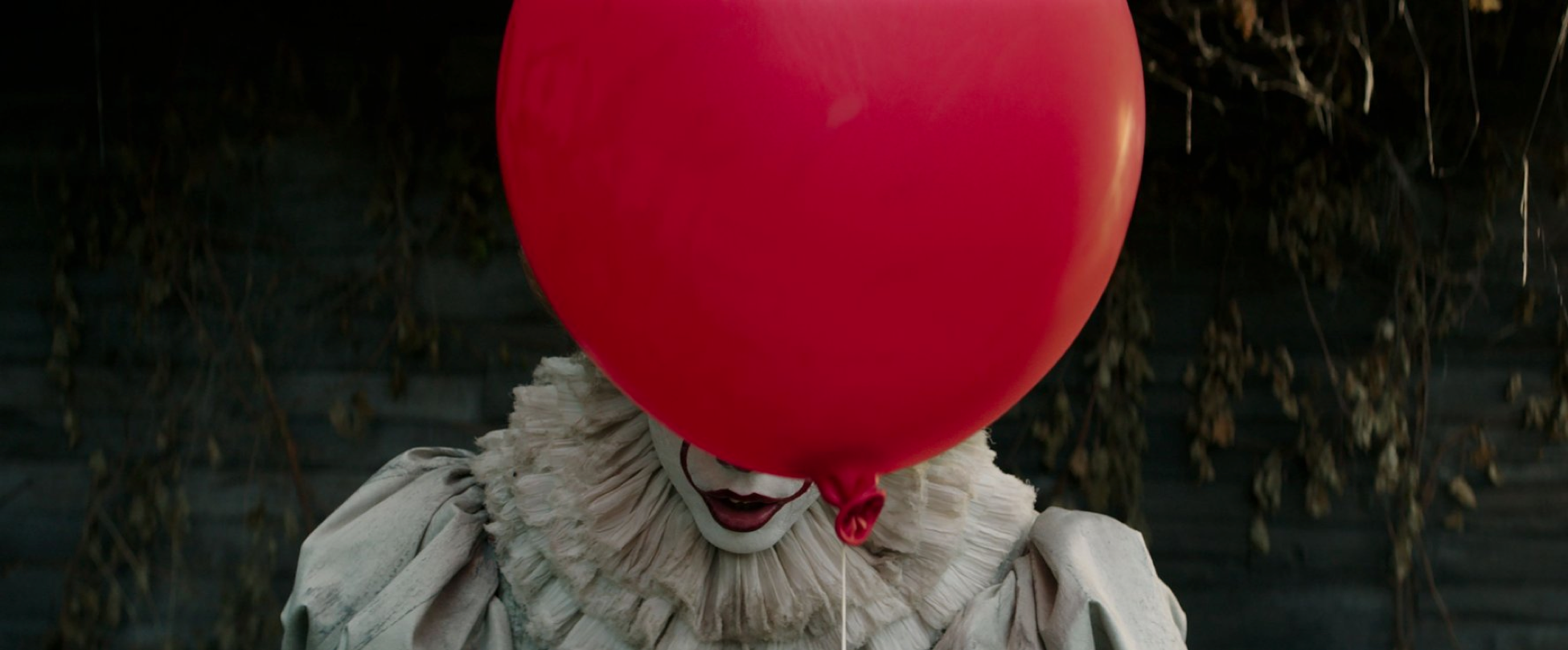
Or balloon
Memories ought to be some of life’s greatest treasures, and to be able to look back on them fondly is a privilege we can only hope for. But it’s all too easy to look back on the best of anything from any given decade and to lament the state of things today, failing to realize or acknowledge just how much junk existed back then, too. Case in point, STRANGER THINGS—a show built entirely in the foundry of nostalgia. It tapped directly into that “sugary cereal, Saturday morning cartoons, and midnight movies” sweet spot of the pre-Netflix generation. And, after it proved to be a hit, many were quick to look back and sing the praises of, yep, STAND BY ME and THE GOONIES, even though many amongst its viewer base weren’t even alive when they came out. As Milan Kundera wrote in “Ignorance,” “The Greek word for ‘return’ is nostos. Algos means ‘suffering.’ So nostalgia is the suffering caused by an unappeased yearning to return.” Nostalgia isn’t a bad thing, but it can keep us focused on a constantly drifting past—a past that no longer exists. And it can distort the present and prevent us from looking to the future. And the longer and more often we fixate on the past, the longer we go without creating anything new.
Let’s revisit the comparison I made earlier. When it was announced that Heath Ledger was going to play The Joker in Christopher Nolan’s THE DARK KNIGHT, people lost their minds. The internet was on fire with people howling about he was a terrible choice, he couldn’t act, there was no way he could pull it off. We all know how that turned out. It may have been posthumous, but he is the only actor to have ever won an Oscar for a role in a comic book movie. WONDER WOMAN was met with the same backlash. Gal Gadot can’t act, she has an accent, she’s too skinny. Again, we know how that turned out. Gal may not have won any awards for her acting, but she won the world over, inspiring millions of women and young girls along the way. That’s the way the carousel works—one person steps off, another steps on. It’s understandable and completely reasonable for one to have seen Tim Curry’s performance as Pennywise, and to say, “That’s IT!” But it’s not reasonable to say that nothing else will measure up, and that any other attempts are destined to fail. Denying Muschietti’s IT its time in the spotlight because another iconic version already exists is the same kind of bullheaded regressivism that inspires people to buy diesel or wear Reagan-Bush ‘84 shirts on college campuses.
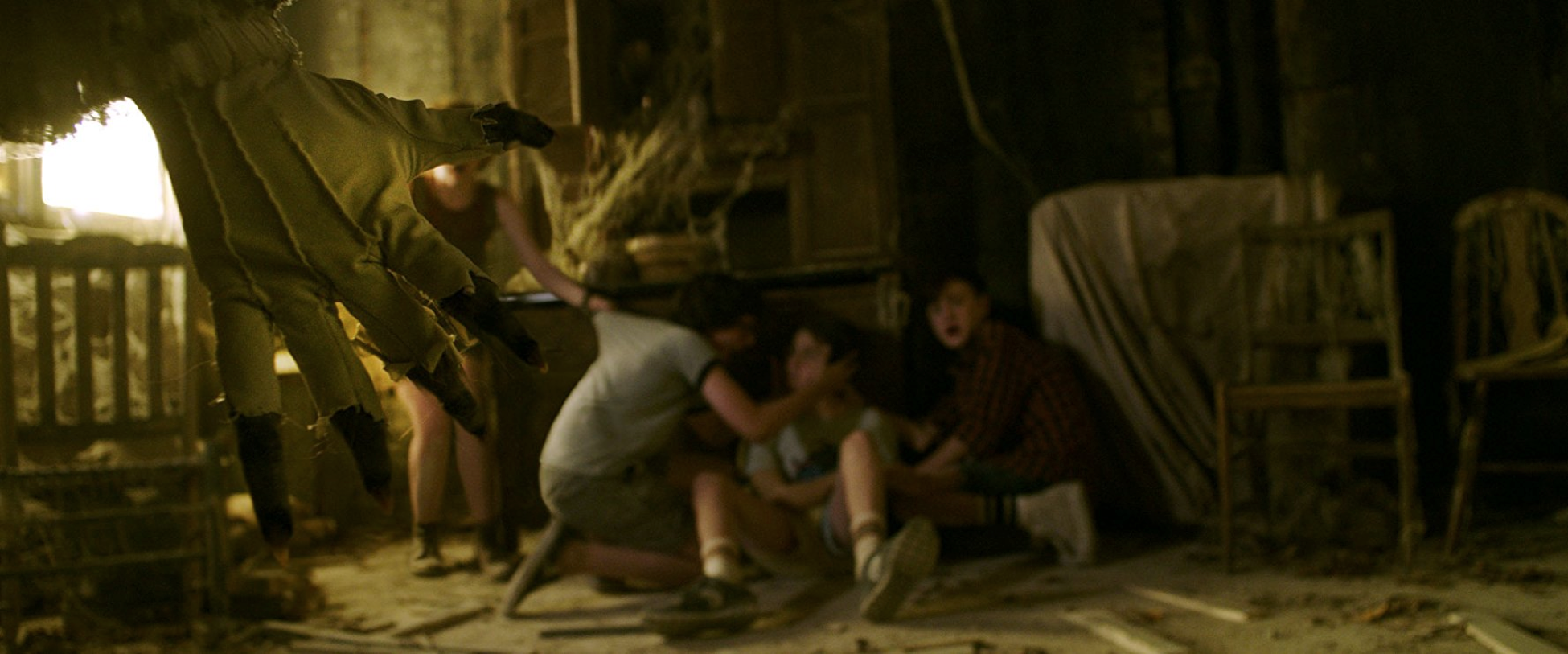
‘Cause this is Thriller
After nearly a decade in developmental hell, Andy Muschietti’s IT is finally here, 27 years after Tommy Lee Wallace’s adaptation first made people steer clear of storm drains. And yet, Muschietti’s IT could never have come to be without the success of something else entirely—The Duffer Brothers’ STRANGER THINGS. From its time setting, to its music direction, to even sharing a cast member, it’s no secret that IT takes a few cues from the success of that show. But just the same, STRANGER THINGS could never have existed without that first take on Stephen King’s IT. And IT would never have been penned had King not drawn from the deeply nostalgic well of 1950s post-war Suburbia. So, here we are, once again, having come full circle on this troubled, yet ultimately triumphant, film.
Muschietti and co. could have played to the 1990 crowd, but they elected to make something that would stand on its own. Skarsgård could have aped Tim Curry, but he instead channeled something unbelievably grotesque and inhuman in bringing his vision to the screen. And the kids, they could have easily skated by, following the templates laid out by all those timeless Amblin pictures, but they didn’t. They brought their A game, showing everyone that they’re here for more than just a passing grade before running off on summer vacation. For better or worse, this is IT for the STRANGER THINGS generation. Whether or not IT will live on in nightmares of this generation will remain to be seen until the next one comes around, but I have a funny feeling it will float too.
Verdict: Recommend





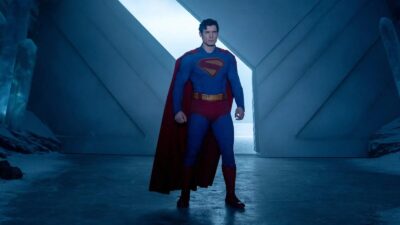



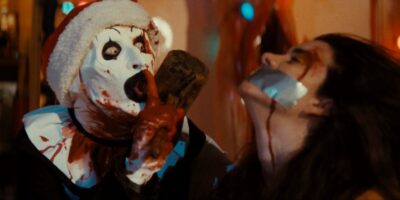






Comments